Introduction to Chichén Itzá
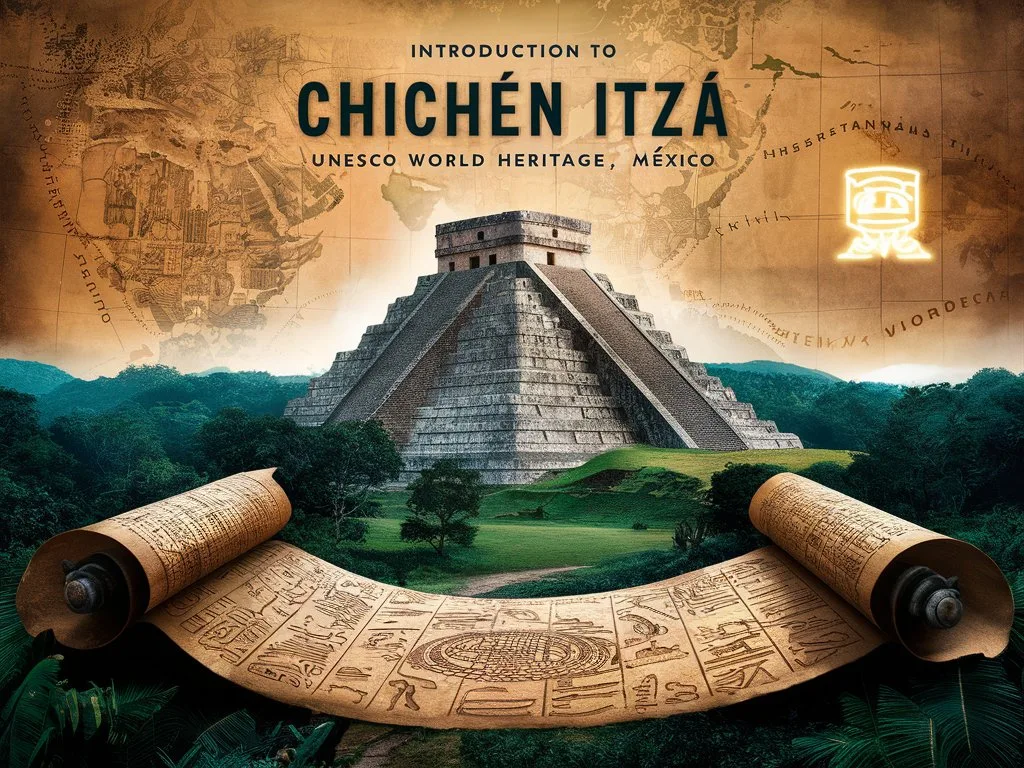
Historical Context
This ancient city is a spectacular symbol of the Maya civilization‘s achievements in a variety of domains including mathematics, astronomy, art, and architecture. Spanning over a millennium, the Maya culture showcases intricate societies and diverse cultural contributions. This city is notably thrived between 750 and 900 AD, serving as a central political, economic, and religious hub.
During its zenith, Chichén Itzá became a crossroads for various cultures, fostering trade and cultural exchange. Its majestic structures, from temples to observatories, bear testimony to the notable skill of the Maya, housing profound cultural significance.
Geographic Location
Located in Mexico’s Yucatán Peninsula, this ancient city is easily reachable and surrounded by lush jungles. Its geographical positioning on ancient trade routes facilitated flourishing commerce and cultural interactions among different groups.
The warm tropical climate plays a dual role, aiding both the preservation and gradual erosion of its remarkable buildings. Seasonal rains bring humidity, which calls for relentless conservation efforts to protect this ancient treasure from nature’s impacts.
UNESCO World Heritage Status
In 1988, this city earned its place as a UNESCO World Heritage Site, recognized for its outstanding value representing the achievements of the Maya civilization. The implications of this designation emphasize global cultural heritage and the importance of preserving monumental sites.
Preservation efforts are essential in maintaining Chichén Itzá’s integrity, ensuring future generations can appreciate its grandeur as much as visitors do today.
The Architecture of Chichén Itzá
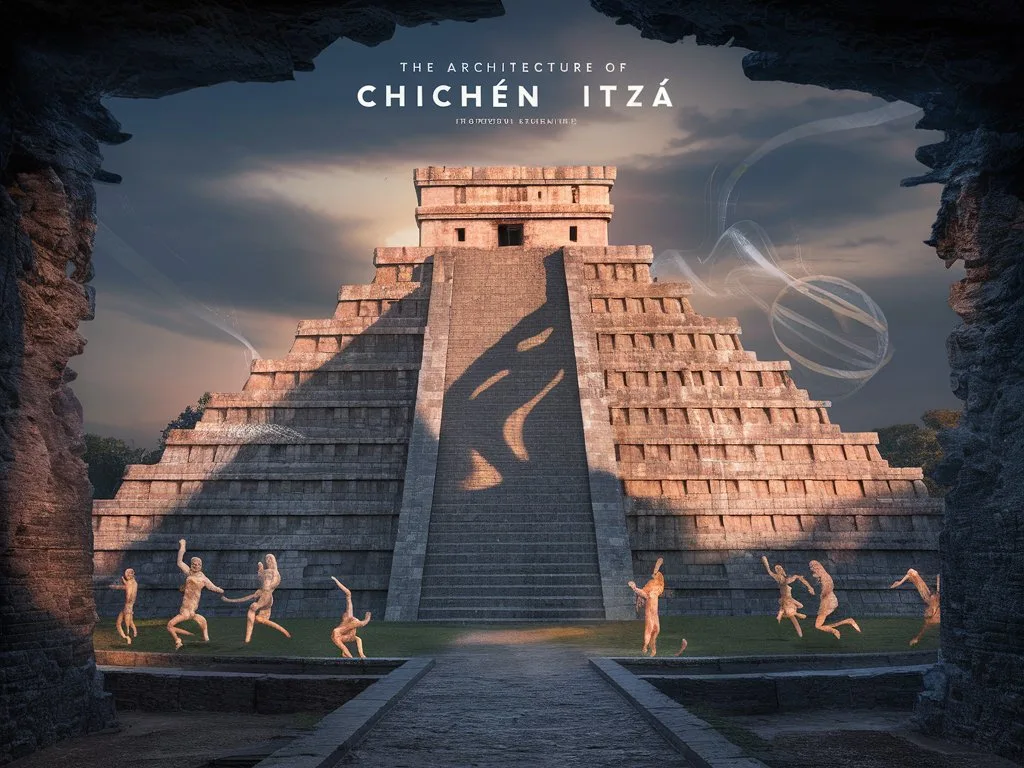
El Castillo (Temple of Kukulkan)
El Castillo, also known as the Temple of Kukulkan, is perhaps the most iconic landmark within Chichén Itzá. This pyramid stands tall with a staircase of 91 steps on each side, totaling 365 steps, which mirrors a year in the Maya calendar.
Every equinox, the setting sun appears to create a shadow that resembles a serpent cascading down the pyramid, honoring their feathered serpent god, Kukulkan. This intricate architecture reflects both construction mastery and astronomical knowledge, merging mystical beliefs with celestial events.
The Great Ball Court
The Great Ball Court is one of the largest of its kind in the ancient Maya world. It served a purpose beyond mere sport—it functioned as a venue for community gatherings and ceremonies. The famed game “pok-a-tok,” played with a rubber ball, involved strategy and physical prowess, showcasing the societal importance of athletics.
Impressive walls adorned with carvings depict scenes from the game, signaling its vital role in Maya cosmology and its connection to divine communication and rituals.
Other Notable Structures
Chichén Itzá is saturated with remarkable architectural wonders. The Temple of the Warriors, rich in carvings that narrate tales of rulers and their victories, presents a captivating view of historical narratives. El Caracol, the ancient Observatory, exemplifies the extensive astronomical knowledge the Maya possessed. Each structure contributes to the holistic blend of the site, engaging visitors in a profound journey through time.
Cultural Significance and Rituals

Religious Practices
The Maya civilization honored a rich pantheon of deities, representing various facets of life and nature. Chichén Itzá was crucial for religious ceremonies, where rituals were performed to seek divine favor for rain, guidance, and successful harvests.
Artifacts discovered at the site—ceremonial items and offerings—provide insight into the spiritual fabric of a civilization deeply intertwined with its customs and beliefs.
The Influence of Water
In Maya culture, water was of sacred value, seen as a life-giving force and a connection to the divine. Cenotes, natural sinkholes filled with crystal-clear water, were perceived as gateways to the underworld. The Sacred Cenote at Chichén Itzá attracted pilgrims who came to perform rituals in hopes of blessings from the deities.
These water sources weren’t just vital for performing rituals but also crucial for daily sustenance, underscoring the Maya’s profound connection with their surroundings.
Astronomy and Cosmology
The Maya civilization made significant contributions to astronomy, crafting a calendar renowned for its precision. Structures such as El Castillo are purposefully aligned to mark significant astronomical events, symbolizing their intricate understanding of cosmic cycles.
These celestial alignments determined agricultural schedules and were ingrained in their spiritual practices, reflecting the unity of science and belief.
Discoveries and Excavations
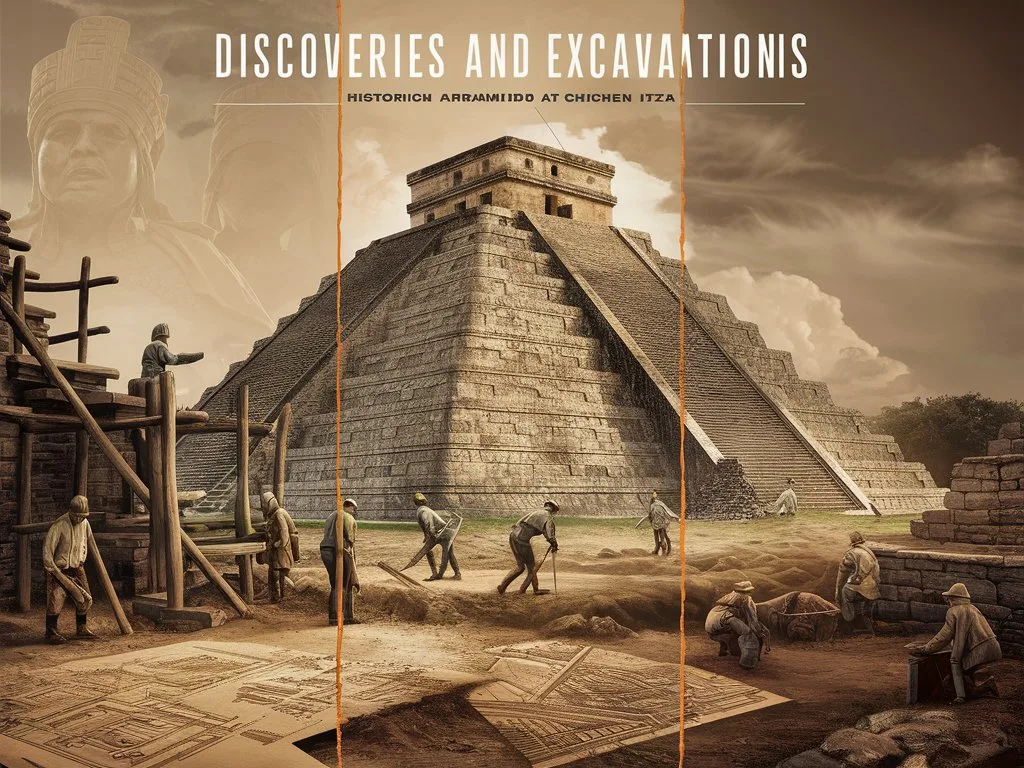
Historical Excavations
Since its rediscovery by European explorers, Chichén Itzá has drawn archaeologists aiming to unveil its hidden secrets. Early excavations uncovered splendid artifacts, from intricate pottery to ceremonial objects, painting a richer picture of the lifestyles of the Maya and their cultural practices.
Recent Archaeological Work
Modern technological advances are revolutionizing archaeological research at Chichén Itzá. Utilizing drones, ground-penetrating radar, and advanced imaging, researchers are uncovering previously hidden structures and artifacts, offering fresh insights into this ancient marvel.
Continual studies yield new revelations, keeping the intrigue around Chichén Itzá alive for both scholars and visitors.
Challenges in Preservation
Preserving Chichén Itzá faces several challenges, from environmental factors to increasing tourist traffic and climate change. Balancing visitor engagement with conservation is critical, requiring community involvement and ongoing support for preservation initiatives.
Local communities play a pivotal role in conservation efforts, fostering a mutual respect for heritage while advocating for sustainable tourism practices.
Myths and Misconceptions
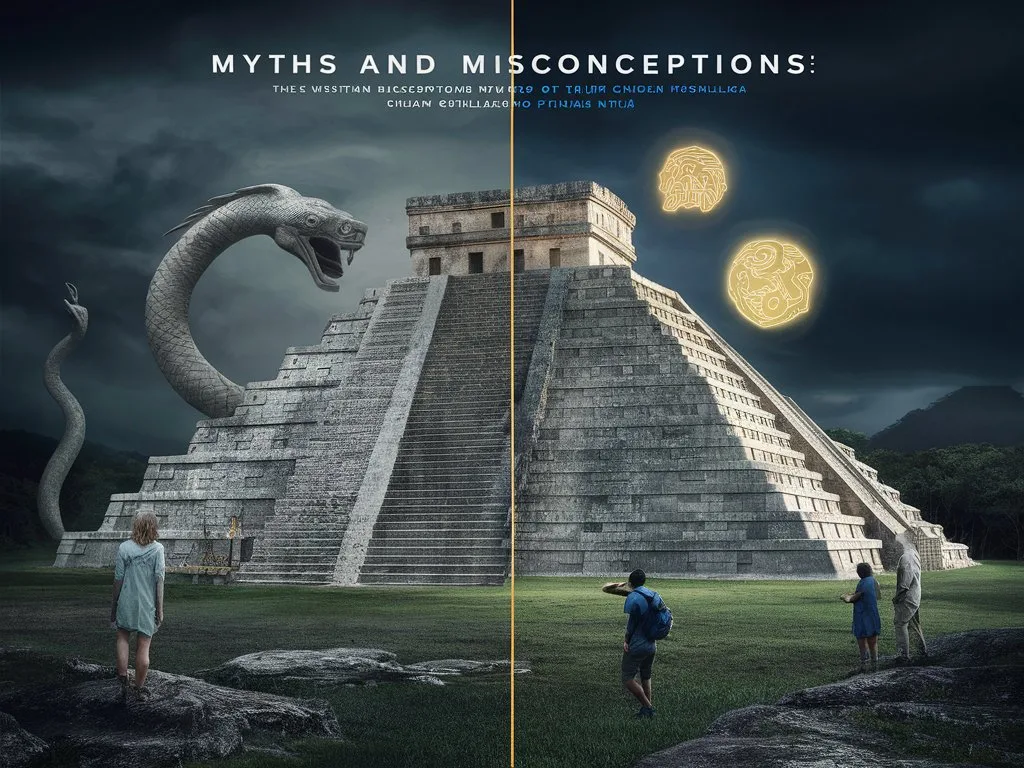
Common Myths About Chichén Itzá
Chichén Itzá is often surrounded by misconceptions. Many think El Castillo served solely for human sacrifices, while others might falsely believe the ball game was a means to settle disputes. Such myths fail to appreciate the complexity and depth of Maya culture and the genuine historical significance of this iconic site.
The Role of Tourism in Shaping Perceptions
Tourism profoundly influences how Chichén Itzá is perceived globally. Media representations can often distort facts, sensationalizing elements that misinterpret Maya history. Ongoing education initiatives aim to enlighten visitors about the authentic stories and customs of the Maya, fostering a richer appreciation for the site.
Understanding Maya Civilization Beyond Chichén Itzá
Chichén Itzá is but one piece of a vast and intricate Maya civilization. Numerous archaeological sites scattered across Central America display the diversity and complexity of this ancient society. Acknowledging the vastness of Maya heritage helps to appreciate the various social and cultural variations that existed within this remarkable civilization.
Visiting Chichén Itzá
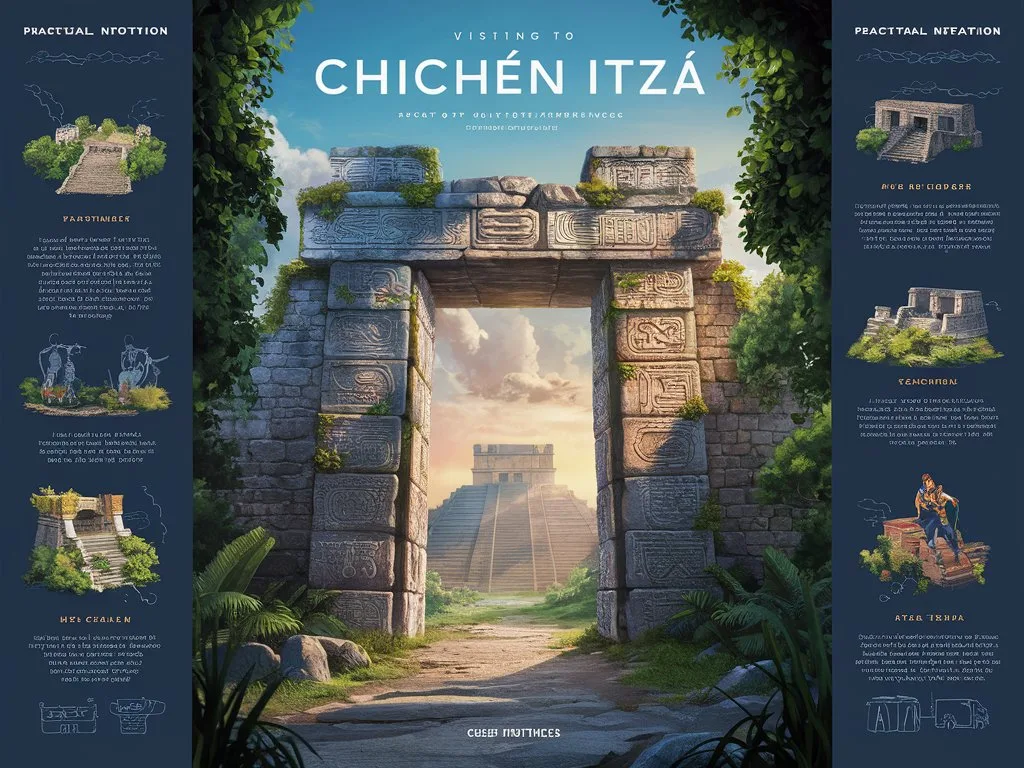
Practical Information for Travelers
Planning a visit to Chichén Itzá is straightforward. The site is open daily with guided tours available that provide valuable context to its structures. Arriving early or during off-peak hours offers a more tranquil experience, allowing deeper connections with the extraordinary ruins.
What to Expect on a Visit
Upon entering the site, visitors are enveloped by rich history. Main attractions like El Castillo and The Great Ball Court are well-marked, with paths guiding travelers through the remarkable landscape. Observing local customs and engaging with the culture adds depth to the experience.
Nearby facilities for dining and accommodation make it easy to soak in the wonder of Chichén Itzá without feeling rushed through the journey.
Preservation of Visitor Experiences
Maintaining the integrity of Chichén Itzá is paramount. Deliberate efforts are in place to safeguard the site while welcoming visitors. Tourists can contribute to conservation by adhering to guidelines and minimizing their impact, helping preserve this incredible heritage for future generations.
Conclusion
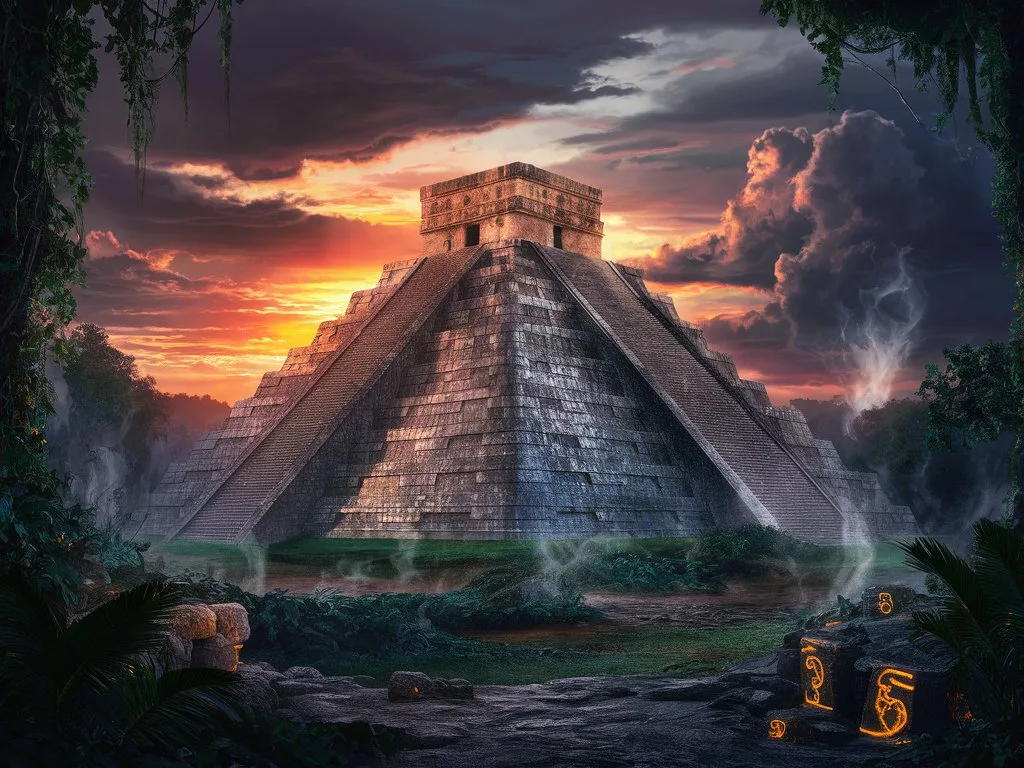
Recap of Chichén Itzá’s Fascinating Facts
Chichén Itzá stands as a beacon of ancient Maya ingenuity and spirituality, with breathtaking architecture and rich cultural practices. The continuous discoveries at this site remind us of its importance and relevance, from the significance of El Castillo to the essence of water and the urgent need for preservation.
Call to Appreciate and Support Cultural Heritage
As we reflect on the stories and lessons Chichén Itzá shares, let us promote and support cultural heritage, ensuring that these ancient wonders endure for the curiosity of future explorers. Pack your bags and explore Chichén Itzá, where history vibrates in every corner of this timeless site!
FAQ
1. What is Chichén Itzá?
Chichén Itzá is an ancient Mayan city located in the Yucatán Peninsula of Mexico. was once a major center for culture and trade among the Mayan civilization.
2. Why is Chichén Itzá important?
Chichén Itzá is important because it is a UNESCO World Heritage Site and one of the New Seven Wonders of the World. It showcases the architectural, artistic, and astronomical accomplishments of the Mayan civilization.
3. What are the main structures to see at Chichén Itzá?
Key structures include the Pyramid of Kukulkan (El Castillo), the Temple of the Warriors, the Great Ball Court, and the Observatory (El Caracol). Each has unique features and historical significance.
4. When is the best time to visit Chichén Itzá?
The best time to visit is during the dry season, from November to April, when the weather is typically mild and less rainy.
5. How do I get to Chichén Itzá?
Chichén Itzá can be reached by car, bus, or guided tour from major tourist areas like Cancun and Playa del Carmen. It’s approximately a 2-3 hour drive from these locations.
6. What are the opening hours for Chichén Itzá?
Chichén Itzá is typically open daily from 8:00 AM to 5:00 PM. However, it’s advisable to check for updates on opening hours before planning your visit.
7. Is there an entrance fee for Chichén Itzá?
Yes, there is an entrance fee for Chichén Itzá. As of now, the fee is around 242 Mexican Pesos for adults, with discounts available for children and students. Prices may vary, so check the official site for the latest information.
8. Are guided tours available at Chichén Itzá?
Yes, guided tours are available and can enhance your experience by providing in-depth knowledge about the site’s history and significance. Many tours also include transportation from nearby cities.
9. Can visitors climb the Pyramid of Kukulkan?
No, climbing the Pyramid of Kukulkan has been prohibited since 2008 due to safety concerns and preservation efforts. Visitors can still walk around the pyramid and appreciate its architecture.
10. What should I bring when visiting Chichén Itzá?
It’s advisable to bring comfortable walking shoes, sunscreen, a hat, water, and a camera. Be prepared for warm weather and consider visiting early in the day to avoid crowds.
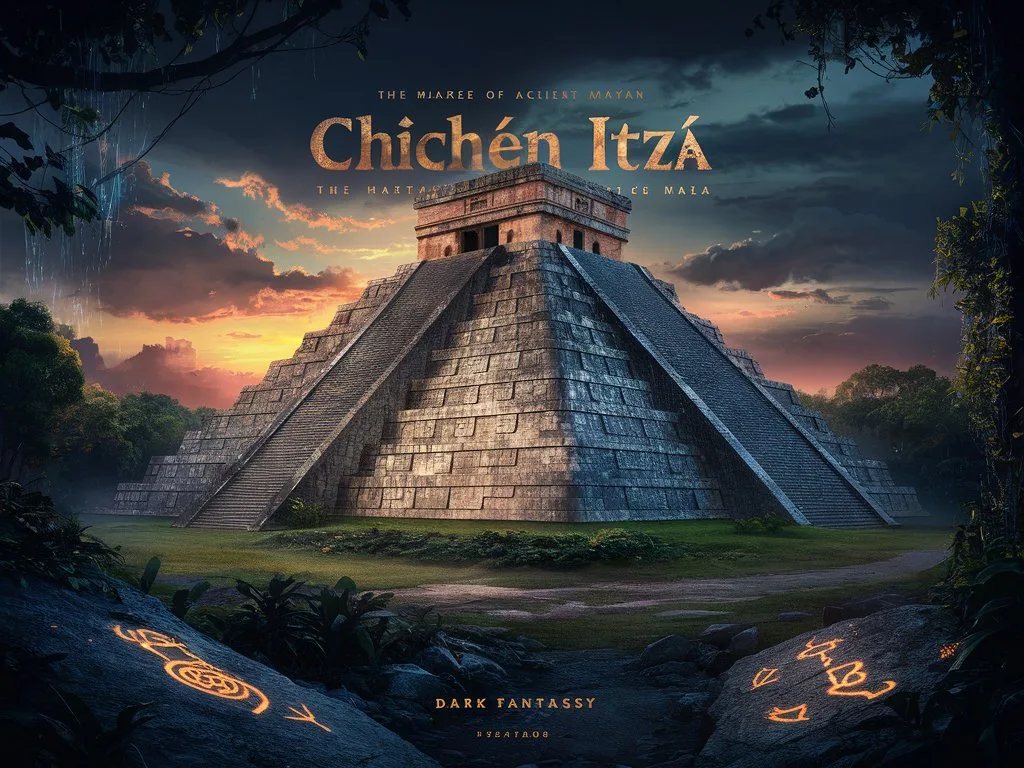
Your article helped me a lot, is there any more related content? Thanks!
Thank you for your sharing. I am worried that I lack creative ideas. It is your article that makes me full of hope. Thank you. But, I have a question, can you help me?
Your article helped me a lot, is there any more related content? Thanks!